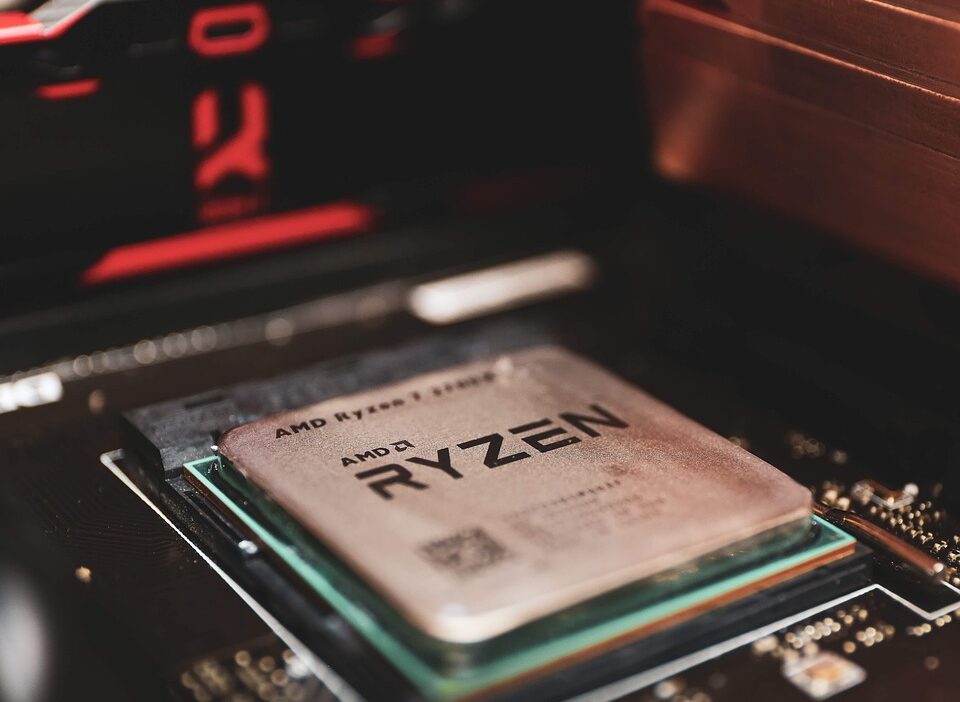The world of computing is often defined by fierce rivalries, and perhaps none are as storied and impactful as the competition between AMD (Advanced Micro Devices) and Intel. For decades, these two tech giants have vied for dominance in the CPU (Central Processing Unit) market, shaping the landscape of personal computing, gaming, and server technology. As of 2023, the battle for CPU supremacy is more intense than ever, driven by technological advancements, shifting consumer preferences, and evolving market demands.
A Brief History of the Competition
The rivalry began in the 1970s when AMD emerged as a competitor to Intel’s dominant microprocessor designs. Throughout the 1980s and 1990s, the competitive landscape shifted frequently, with AMD carving out niches in budget computing and eventually challenging Intel’s performance crown with the Athlon and Opteron processors. However, Intel regained its foothold in the early 2000s with the launch of its Pentium and Core architectures, solidifying its status as the CPU market leader.
The Rise of Ryzen
The landscape shifted again with AMD’s release of the Ryzen series in 2017, which marked a significant technological leap. Ryzen, built on the Zen microarchitecture, employed a new design strategy that allowed AMD to offer competitive multi-core performance at a lower price point than Intel’s offerings. This move reinvigorated AMD’s presence in both the consumer and professional markets, effectively closing the performance gap that had existed for years.
Performance Enhancements
One of the critical areas where AMD has gained an edge is in multi-threaded performance. Ryzen processors often boast more cores and threads than their Intel counterparts at similar price points, making them particularly appealing for tasks such as video editing, 3D rendering, and other multi-threaded applications. This has resonated strongly with content creators and gamers alike, who increasingly demand higher performance and better value.
Intel, in response, has introduced its own high-core-count architectures, with products like the Core i9 and the Xeon series. However, its pricing strategy and architectural changes, notably the hybrid designs featuring Performance and Efficiency cores in the latest generations, have drawn mixed reviews from enthusiasts and professionals.
Gaming Performance: The Ongoing Duel
Gaming performance has long been a crucial battleground for AMD and Intel. Historically, Intel processors dominated due to superior single-thread performance, which is vital for many games. However, AMD’s advancements in both architecture and cache design have led to competitive performance in gaming scenarios.
As of 2023, both companies offer robust choices for gamers. AMD’s latest Ryzen 7000 series processors have demonstrated exceptional gaming performance, even challenging Intel’s high-end Core processors. Meanwhile, Intel’s recent releases have managed to close the gap, offering compelling options that appeal to high-end gaming enthusiasts.
The Impact of Graphics
Another important factor in this rivalry is the recent developments in integrated graphics technology. AMD’s APUs (Accelerated Processing Units) combine CPU and GPU architectures, providing decent graphics performance for budget builds without a discrete graphics card. Intel has also focused significantly on integrated graphics, especially with its Iris Xe series, which has seen improvements in gaming performance.
Power Efficiency and Thermal Management
As power consumption and thermal management become increasingly critical considerations for users, AMD’s Ryzen 7000 series has been notable for its efficiency, particularly with respect to performance per watt. This is especially relevant for laptops and compact systems.
Intel, traditionally known for higher power consumption, has made major strides in this area. The introduction of the 10nm process technology and further optimizations in its architecture have resulted in improved thermal management and power efficiency.
The Future: What Lies Ahead?
The future of AMD and Intel is poised for even more competition, especially with the rise of artificial intelligence (AI) and machine learning workloads that demand different CPU configurations. Both companies are investing heavily in R&D to develop processors tailored for AI applications, which could redefine their respective roles in the computing industry.
Moreover, the global semiconductor shortage highlighted the importance of supply chain management, pushing both AMD and Intel to forge new partnerships and rethink manufacturing strategies. The emphasis has shifted toward not just performance, but also reliability and availability.
Conclusion
The rivalry between AMD and Intel continuously evolves, shaped by technological advances, consumer demands, and market dynamics. As we look ahead, both companies are likely to push the envelope even further, striving for not just CPU supremacy, but also innovations that could redefine what’s possible in computing. If history is any indicator, the battle will only intensify, benefiting consumers and professionals alike with cutting-edge technology, competitive pricing, and a wealth of options to choose from. The ultimate winners, it seems, are the users who benefit from the relentless pursuit of innovation from these CPU titans.


